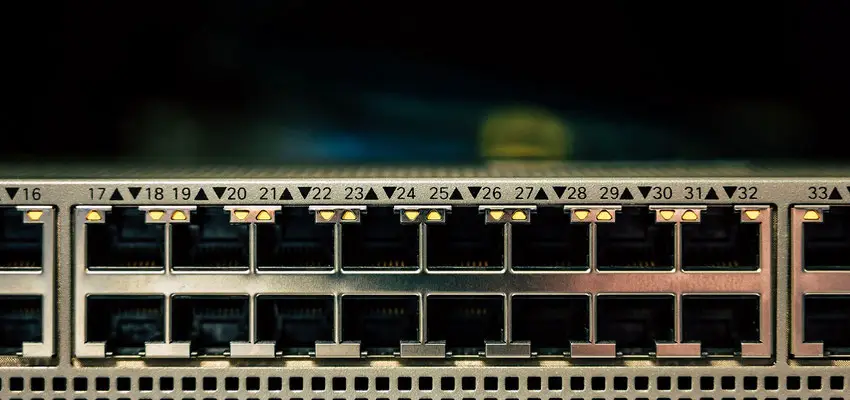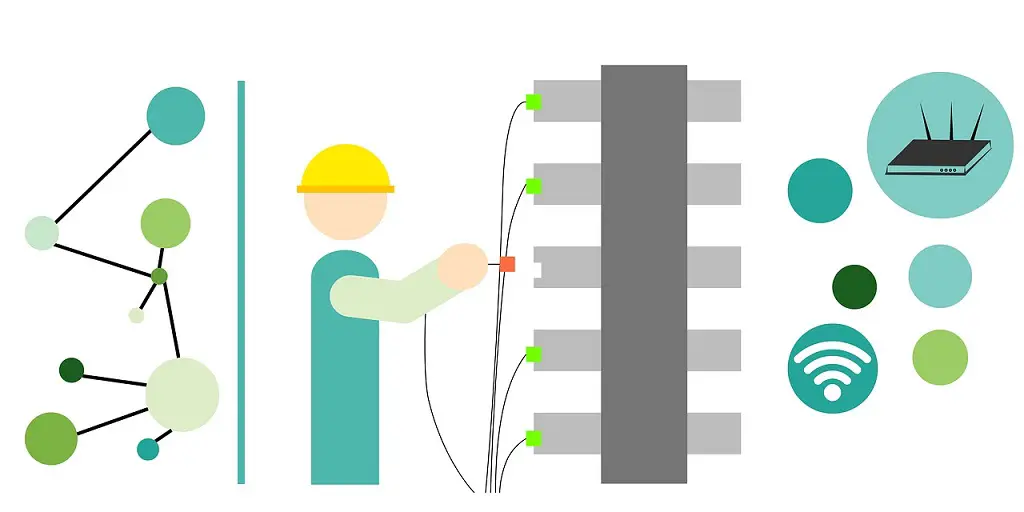
What Is a Computer Network Switch?
Posted March 26, 2020, 12:39 p.m. by Emil S.Before broadband routers became a thing, Ethernet switching hubs were more common on home networks. It’s a type of network switch, which is a little piece of equipment that bridges multiple computers and devices together in a wired Local Area Network (LAN) via ports.
A switch isn’t to be confused with a router whose function is to connect a network of devices to another network. Today’s home routers have built-in Ethernet switching aside from Wi-Fi to handle the various user device connections, although they’re not called switches in them per se but form part of their overall functions.
How Are They Use?
Stand-alone switches are being used in many business networks today to bridge servers, terminals, computers, printers, phones, cameras, lights, etc., inside a building or around a compound. The most widespread are Ethernet switches with Gigabit speeds while others intended for more heavy commercial use have 10Gbps rates.
As the demands of business for more connections continue to grow, these switches can be daisy-chained to expand the LAN capacity and connect more devices. Pluggable modules are also a feature that adds distinct functionalities, which can be configured to a company’s needs.
Unmanaged and Managed Switches
Some unmanaged network switches are designed for use straight out of the box and can handle only a limited number of plug-and-play devices. There’s no need to set them up, and their built-in QoS handles everything.
High-end switches used in enterprise-sized businesses are more complex and allow dozens of connections that can be configured and managed remotely or locally. They keep interference between devices on the same network to a minimum.
The entire LAN can be segregated into groups, and determining which ones and how much they can access can be controlled by prioritizing channels. Network utilization is optimized, and it makes troubleshooting easier and more isolated.
- Unmanaged - Generally, the security in unmanaged switches is very basic. With managed switches, users can be assigned a security level, and their usage can also be controlled and monitored more closely.
- Managed network switches - however, are significantly more expensive. The prices vary with the different brands and feature offered, but the costs range anywhere upwards of $1,500 per switch.
Network Switches, Hubs, and Routers
 Switches and hubs, together with routers, form the backbone of a computer and communications network.
Switches and hubs, together with routers, form the backbone of a computer and communications network.
Network Hub
Hubs are the more affordable and most uncomplicated of the three. A hub receives the signals and passes them along to the other ports so that all devices see the same data.
Network Switch
Each layer 2 Open Systems Interconnection (OSI) data packet that travels on LAN has a unique destination and source Main Access Control (MAC) address. A switch does packet-switching and only passes a data packet to the correct destination address and not all the others. It boosts network efficiency and performance by eliminating unnecessary transmissions, which frees-up bandwidth.
Network Router
A router is a smart device that connects two or more networks, delivering layer 3 OSI packets across these networks.
